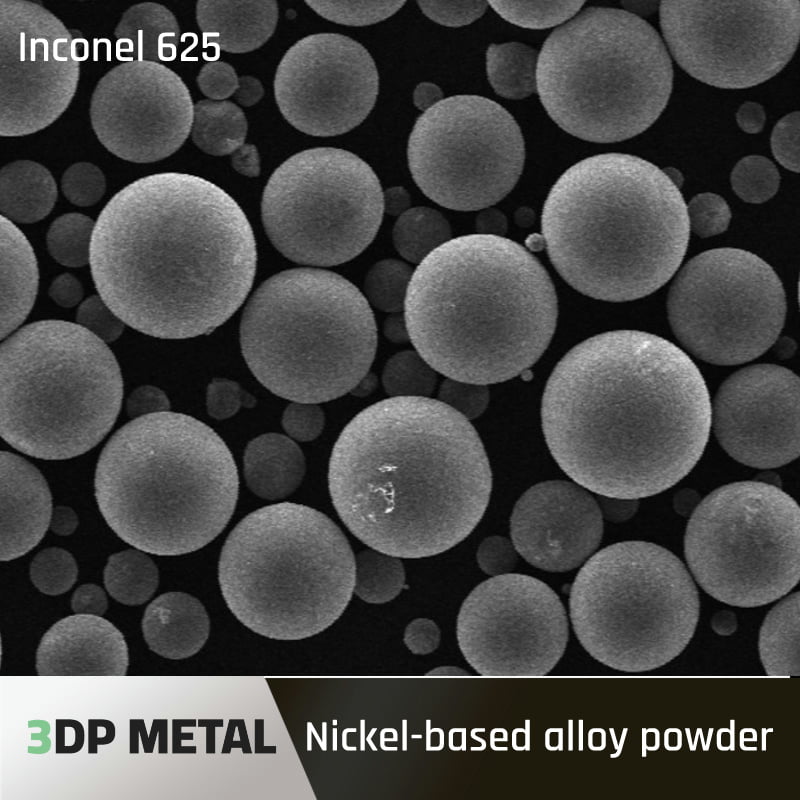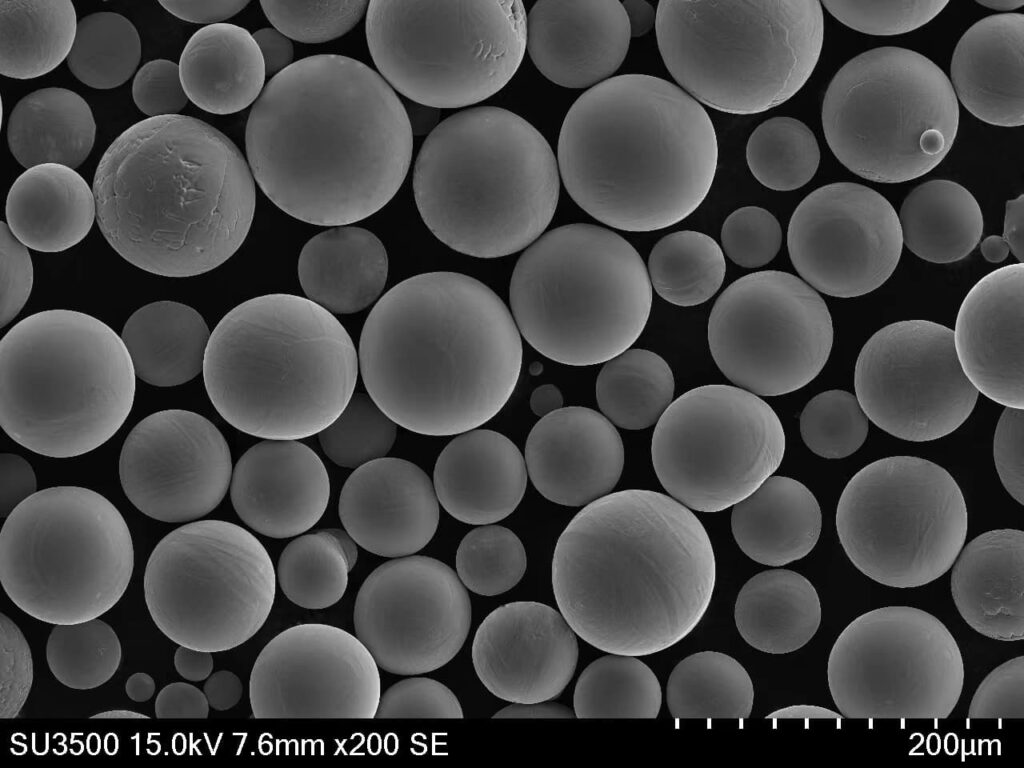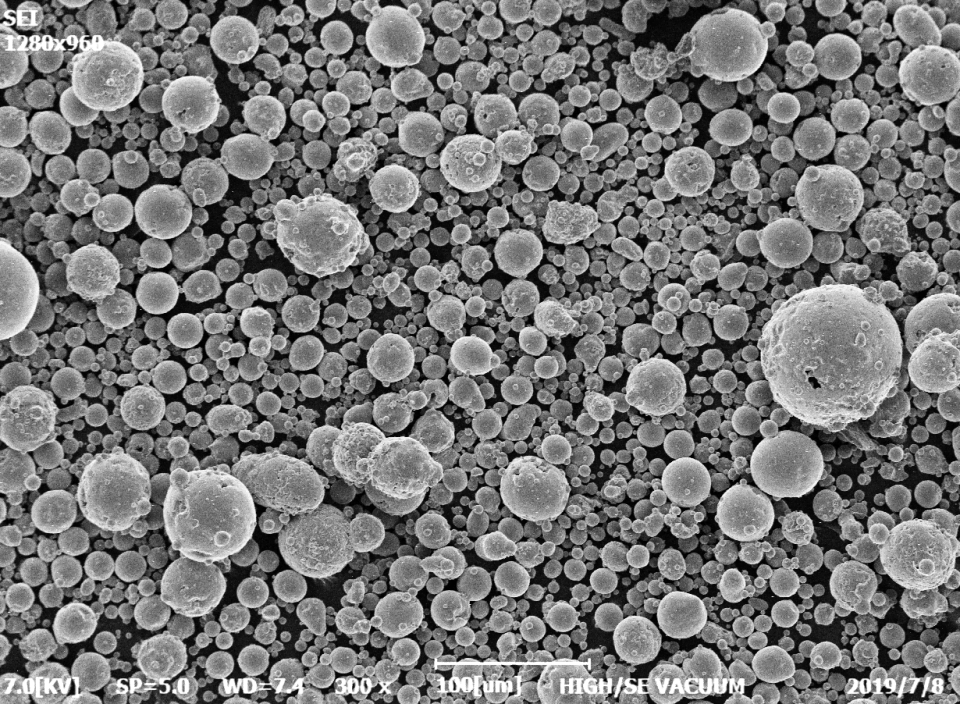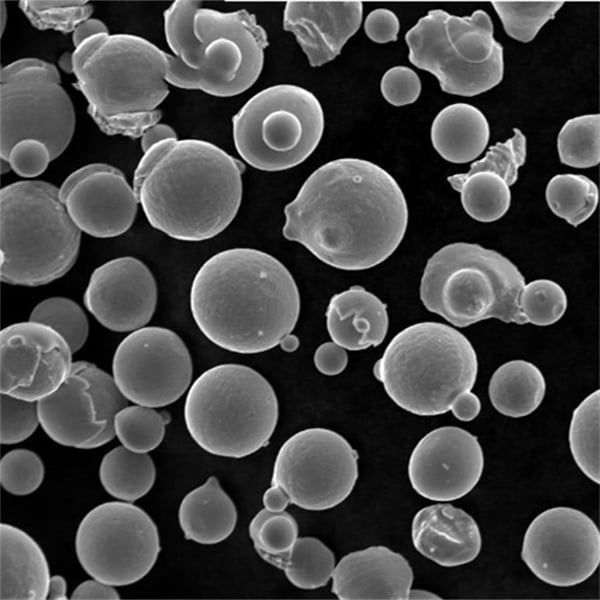Additive manufacturing, often referred to as 3D printing, has revolutionized the manufacturing landscape, enabling complex designs and reducing waste. A crucial element in this process is the powder used in additive manufacturing. This article delves into the intricacies of additive manufacturing powders, focusing on metal powders, their types, applications, and more.
Overview of Additive Manufacturing Powder
Additive manufacturing powders are finely divided materials used in various 3D printing technologies such as Selective Laser Melting (SLM), Electron Beam Melting (EBM), and Direct Metal Laser Sintering (DMLS). These powders can be made from metals, ceramics, polymers, or composites. Metal powders are particularly significant due to their extensive use in high-performance applications.
Belangrijke punten:
- Samenstelling: Pure metals or metal alloys.
- Eigenschappen: High purity, spherical shape, narrow particle size distribution.
- Toepassingen: Aerospace, automotive, healthcare, and industrial sectors.

Types of Metal Powders in Additive Manufacturing
Metal powders are selected based on the specific requirements of the application, including mechanical properties, thermal properties, and corrosion resistance. Here are some common types of metal powders used in additive manufacturing:
| Metaalpoeder | Compositie | Kenmerken | TOEPASSINGEN |
|---|---|---|---|
| Titanium (Ti-6Al-4V) | Titanium alloy with 6% aluminum and 4% vanadium | Hoge sterkte-gewichtsverhouding, corrosiebestendig | Ruimtevaart, medische implantaten |
| Aluminium (AlSi10Mg) | Aluminum alloy with silicon and magnesium | Lichtgewicht, goede thermische eigenschappen | Auto's, luchtvaart, consumptiegoederen |
| Roestvrij staal (316L) | Iron alloy with chromium, nickel, and molybdenum | Hoge corrosiebestendigheid, goede mechanische eigenschappen | Medische apparatuur, voedselverwerking |
| Inconel (IN718) | Nikkel-chroomlegering | Bestand tegen hoge temperaturen, corrosiebestendig | Ruimtevaart, gasturbines |
| Koper (Cu) | Pure copper | Uitstekende elektrische en thermische geleidbaarheid | Elektrische onderdelen, warmtewisselaars |
| Kobalt-chroom (CoCr) | Kobalt-chroomlegering | Hoge slijtage- en corrosiebestendigheid, biocompatibel | Dental implants, aerospace |
| Gereedschapsstaal (H13) | Alloy steel with chromium, molybdenum, and vanadium | Hoge hardheid, slijtvastheid | Mallen, matrijzen, snijgereedschappen |
| Maragingstaal (MS1) | Low-carbon steel with nickel, cobalt, and molybdenum | Ultra-high strength, excellent toughness | Ruimtevaart, gereedschap |
| Nickel Alloy (IN625) | Nickel-chromium-molybdenum alloy | Excellent mechanical properties, high corrosion resistance | Chemische verwerking, marine |
| Wolfraam (W) | Pure tungsten | Very high melting point, high density | Ruimtevaart, defensie |
Toepassingen van Additief Productiepoeder
Additive manufacturing powders are pivotal in various sectors, offering unique advantages like lightweight structures, complex geometries, and customization. Here’s a closer look at where these powders are making an impact:
| Sector | Applicatie | Voordelen |
|---|---|---|
| Lucht- en ruimtevaart | Motoronderdelen, structurele onderdelen | Weight reduction, fuel efficiency, complex geometries |
| Automobielen | Prototyping, custom parts | Rapid prototyping, reduced production time, improved performance |
| Healthcare | Implantaten, prothesen, chirurgische instrumenten | Customization, biocompatibility, reduced recovery time |
| Industriële | Tooling, molds, production aids | Durability, wear resistance, cost-effectiveness |
| Consumptiegoederen | Electronics, jewelry, fashion accessories | Customization, design flexibility, rapid manufacturing |
| Energie | Turbinebladen, warmtewisselaars | High-temperature performance, efficiency improvement |
Specificaties, maten, kwaliteiten en normen
Selecting the right powder involves understanding various specifications, including particle size distribution, purity, and packing density. Here’s a table summarizing key specifications:
| Metaalpoeder | Deeltjesgrootte (µm) | Zuiverheid (%) | Packing Density (g/cm³) | Rang/Norm |
|---|---|---|---|---|
| Titanium (Ti-6Al-4V) | 15-45 | 99.5 | 2.6 | ASTM F2924-14 |
| Aluminium (AlSi10Mg) | 20-63 | 99.9 | 1.2 | ISO 23510 |
| Roestvrij staal (316L) | 15-45 | 99.5 | 4.0 | ASTM A276 |
| Inconel (IN718) | 15-53 | 99.0 | 4.5 | AMS 5662 |
| Koper (Cu) | 10-45 | 99.95 | 8.9 | ASTM B216 |
| Kobalt-chroom (CoCr) | 15-45 | 99.0 | 4.4 | ISO 5832-4 |
| Gereedschapsstaal (H13) | 15-53 | 99.5 | 7.7 | ASTM A681 |
| Maragingstaal (MS1) | 20-53 | 99.0 | 7.9 | AMS 6514 |
| Nickel Alloy (IN625) | 15-45 | 99.0 | 4.4 | AMS 5666 |
| Wolfraam (W) | 5-45 | 99.95 | 19.3 | ASTM B777 |






Leveranciers en prijsinformatie
Choosing a reliable supplier is essential for ensuring consistent quality and performance of metal powders. Here’s a table listing some prominent suppliers along with estimated pricing:
| Provider | Metaalpoeder | Prijsklasse (per kg) | Regio |
|---|---|---|---|
| Sandvik | Titanium (Ti-6Al-4V) | $300 – $400 | Wereldwijd |
| Höganäs | Aluminium (AlSi10Mg) | $50 – $100 | Wereldwijd |
| Timmerman Technologie | Roestvrij staal (316L) | $70 – $150 | Wereldwijd |
| Praxair | Inconel (IN718) | $150 – $250 | Noord-Amerika, Europa |
| AMETEK | Koper (Cu) | $20 – $50 | Noord-Amerika, Europa |
| Kennametal | Kobalt-chroom (CoCr) | $200 – $300 | Wereldwijd |
| GKN additief | Gereedschapsstaal (H13) | $80 – $120 | Wereldwijd |
| LPW-technologie | Maragingstaal (MS1) | $100 – $200 | Europa, Noord-Amerika |
| VDM Metalen | Nickel Alloy (IN625) | $200 – $350 | Wereldwijd |
| Wereldwijd wolfraam & poeders | Wolfraam (W) | $400 – $600 | Wereldwijd |
Voordelen van Additief Productiepoeder
1. Design Flexibility
Additive manufacturing allows for intricate designs that are impossible to achieve with traditional methods. Complex geometries, internal structures, and lightweight designs become feasible, enhancing product performance.
2. Material Efficiency
Using metal powders minimizes waste, as the material is added layer by layer, unlike subtractive manufacturing where excess material is often discarded. This efficiency translates to cost savings and environmental benefits.
3. Rapid Prototyping and Production
The speed of producing prototypes and final parts is significantly increased. This rapid turnaround is crucial for industries like aerospace and automotive, where time-to-market is critical.
4. Customization and Personalization
Additive manufacturing excels in producing customized parts tailored to specific needs, such as medical implants designed for individual patients. This level of customization improves functionality and user satisfaction.
Disadvantages of Additive Manufacturing Powder
1. Initial Costs
The initial investment in additive manufacturing equipment and high-quality metal powders can be substantial. This barrier can be significant for small to medium-sized enterprises.
2. Limited Material Choices
While the range of available metal powders is expanding, it is still limited compared to traditional manufacturing materials. Not all metals and alloys are currently suitable for additive manufacturing.
3. Surface Finish and Post-Processing
Parts produced with metal powders often require post-processing to achieve the desired surface finish and mechanical properties. This additional step can increase production time and costs.
4. Technical Expertise
Operating additive manufacturing equipment and optimizing processes require a high level of technical expertise. Companies must invest in training or hire skilled personnel to maximize the technology’s potential.
Optimizing the Use of Additief Productiepoeder
To fully harness the potential of additive manufacturing powders, consider the following strategies:
1. Powder Quality Control
Ensuring consistent powder quality is critical. This involves regular testing for particle size distribution, morphology, and purity to maintain high performance and avoid defects.
2. Process Parameter Optimization
Fine-tuning parameters such as laser power, scanning speed, and layer thickness can significantly impact the quality of the final product. Continuous monitoring and adjustments are necessary for optimal results.
3. Post-Processing Techniques
Effective post-processing can enhance the properties of 3D-printed parts. Techniques such as heat treatment, machining, and surface finishing are often required to meet final specifications.
4. Material Recycling
Implementing recycling strategies for unused powder can reduce costs and waste. However, careful management is required to avoid contamination and maintain powder quality.

FAQ
| Vraag | Antwoord |
|---|---|
| What is additive manufacturing powder? | Fine metal powders used in 3D printing to create parts layer by layer through various technologies. |
| How is powder quality controlled? | Through regular testing for particle size distribution, morphology, and purity. |
| Wat zijn de algemene toepassingen? | Aerospace, automotive, healthcare, industrial, consumer goods, and energy sectors. |
| What are the main advantages? | Design flexibility, material efficiency, rapid prototyping, customization. |
| Wat zijn de beperkingen? | High initial costs, limited material choices, need for post-processing, technical expertise required. |
| How do you optimize the use of these powders? | By ensuring powder quality, optimizing process parameters, effective post-processing, and recycling. |
| Why is titanium powder used in medical implants? | Due to its biocompatibility, high strength-to-weight ratio, and corrosion resistance. |
| What post-processing techniques are commonly used? | Heat treatment, machining, and surface finishing. |
| How does powder recycling work? | Unused powder is collected, tested for quality, and reused to reduce costs and waste. |
| Which industries benefit most from additive manufacturing? | Aerospace, automotive, and healthcare industries benefit significantly from the technology. |
Conclusie
Additive manufacturing powders, particularly metal powders, are central to the advancements in 3D printing technology. Their unique properties and capabilities enable the creation of complex, high-performance parts across various industries. By understanding the types, applications, and optimization techniques, businesses can fully leverage the benefits of additive manufacturing powders. Whether it’s the aerospace sector looking for lightweight, strong components or the medical field requiring customized implants, additive manufacturing powders provide the versatility and efficiency needed to meet these demands.
Over 3DP mETAL
Productcategorie
NEEM CONTACT OP
Vragen? Stuur ons nu een bericht! Na ontvangst van uw bericht gaan we met een heel team uw aanvraag verwerken.
